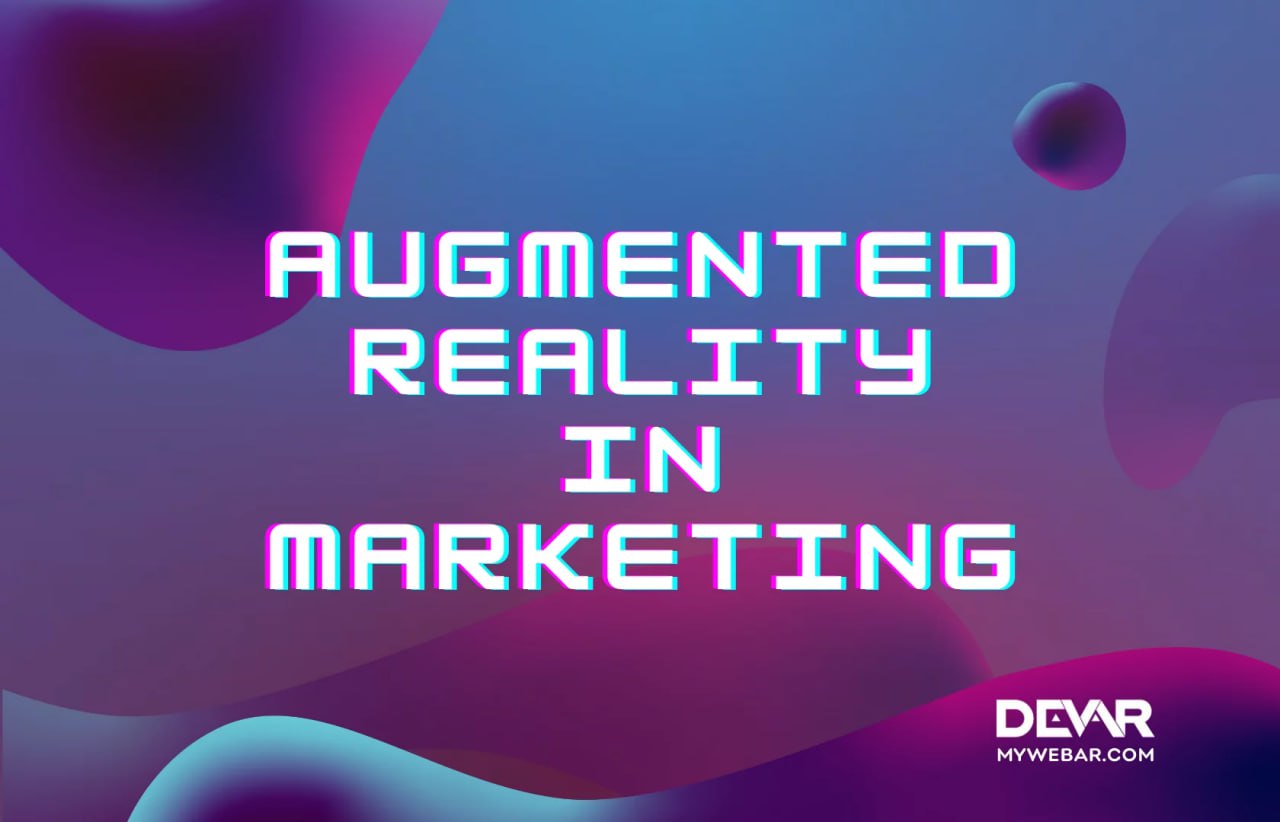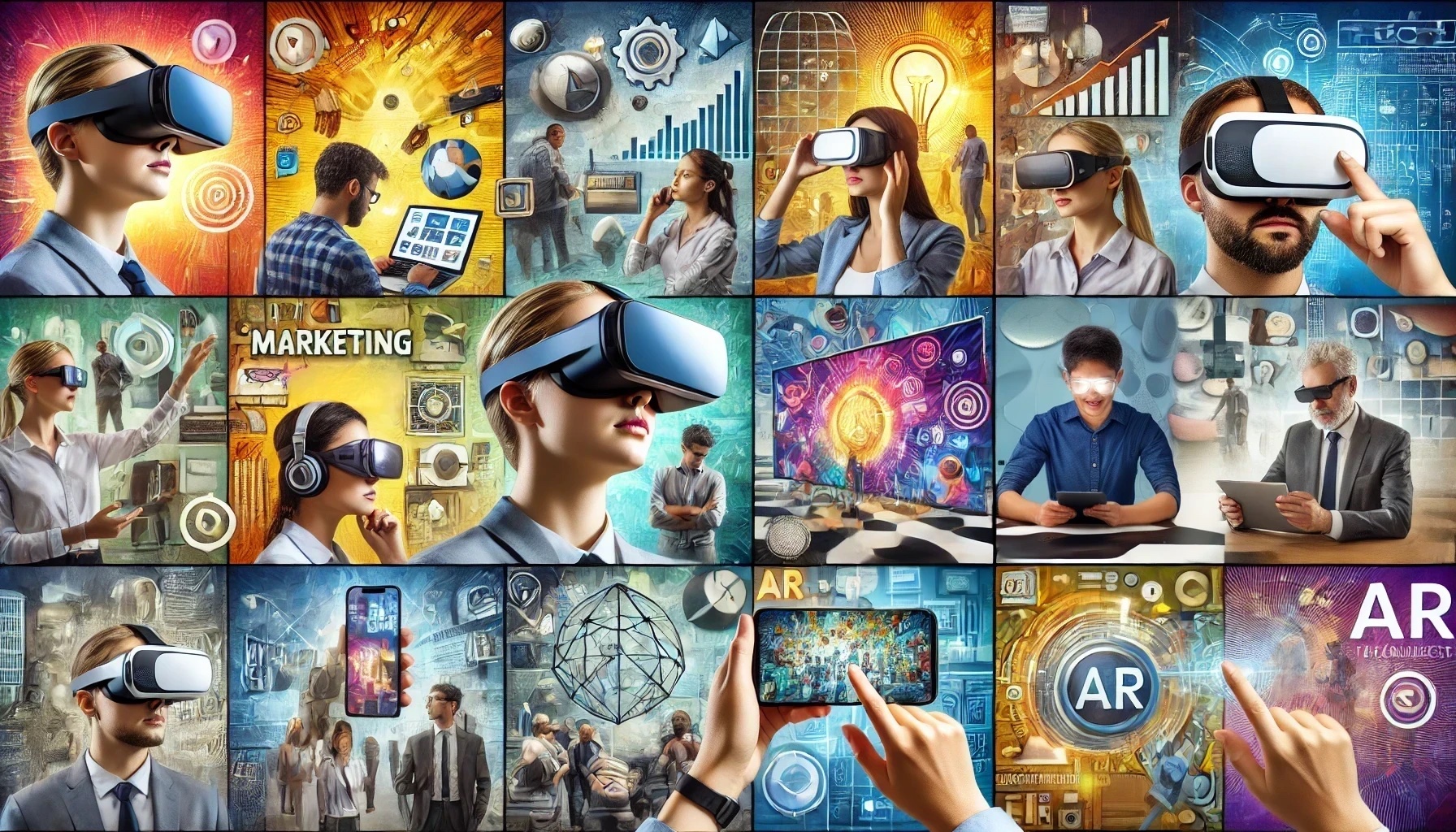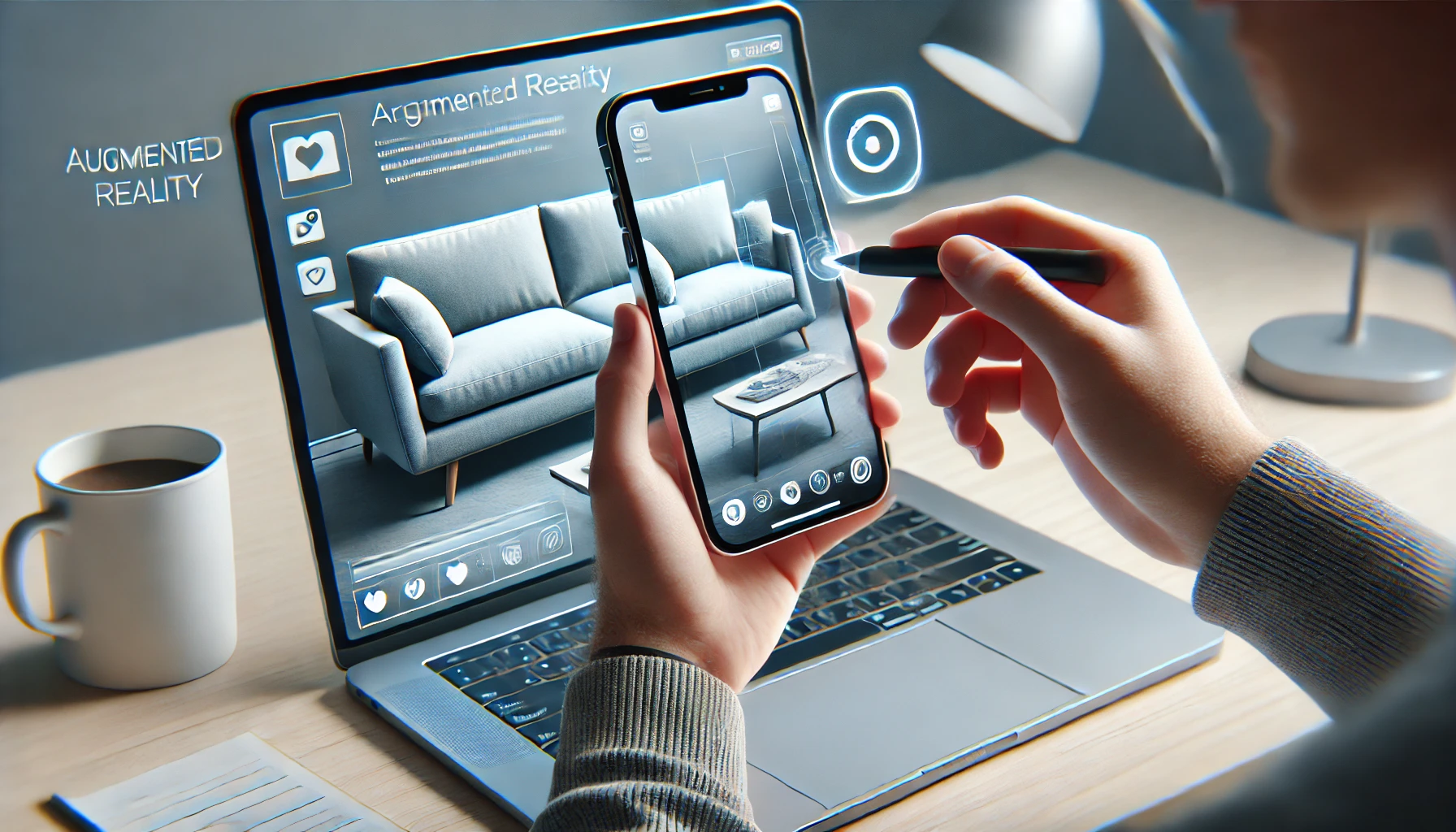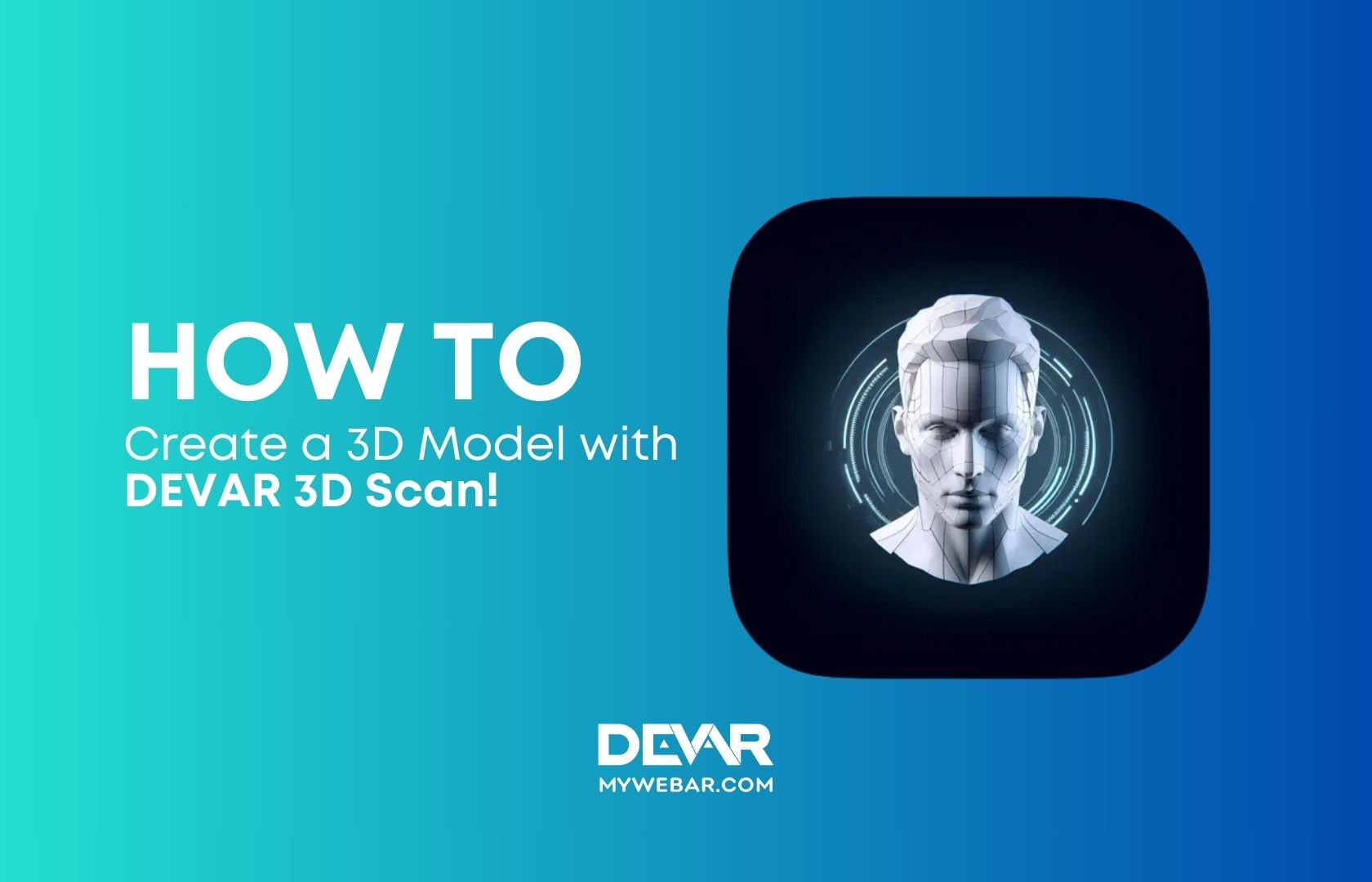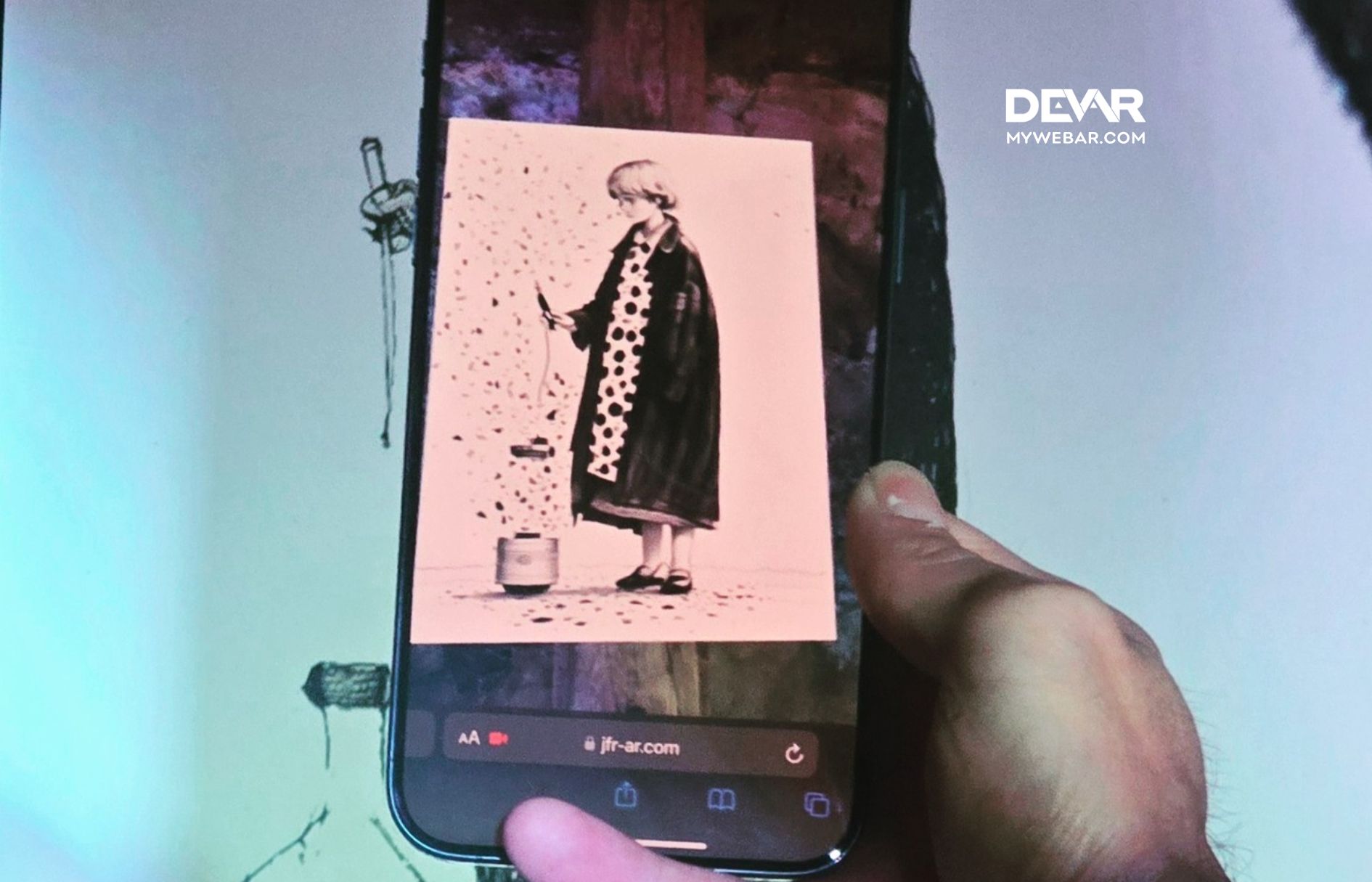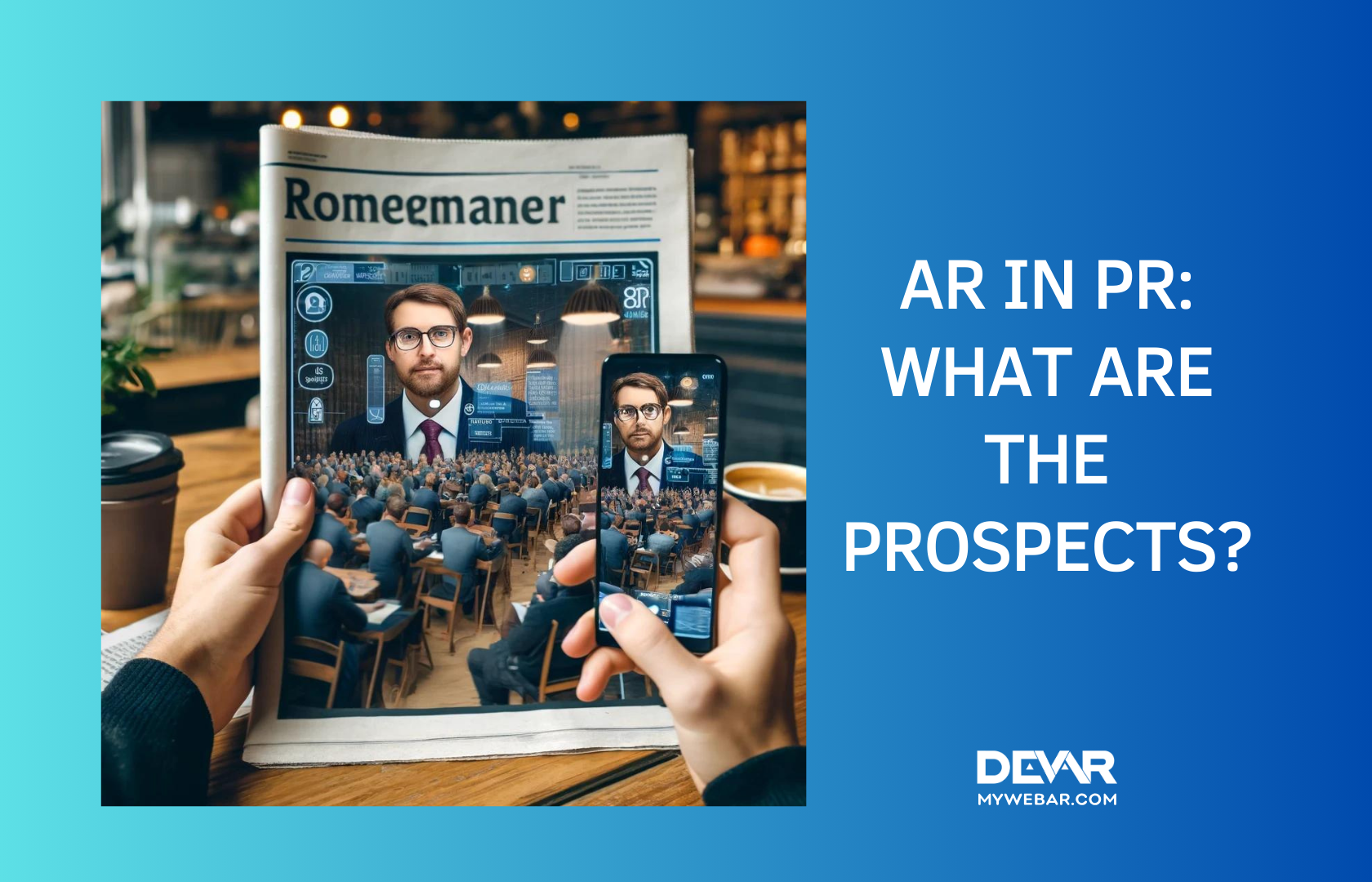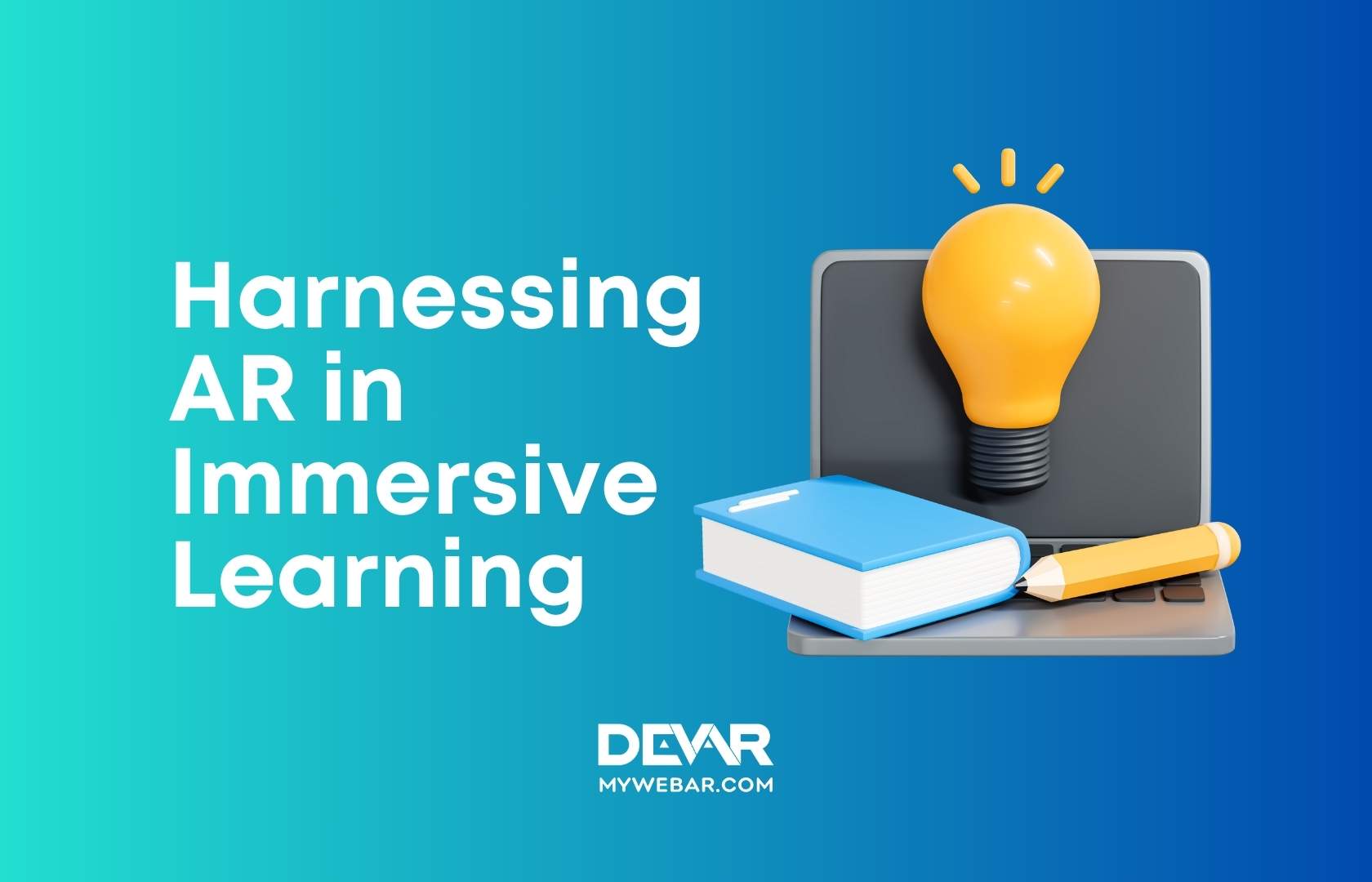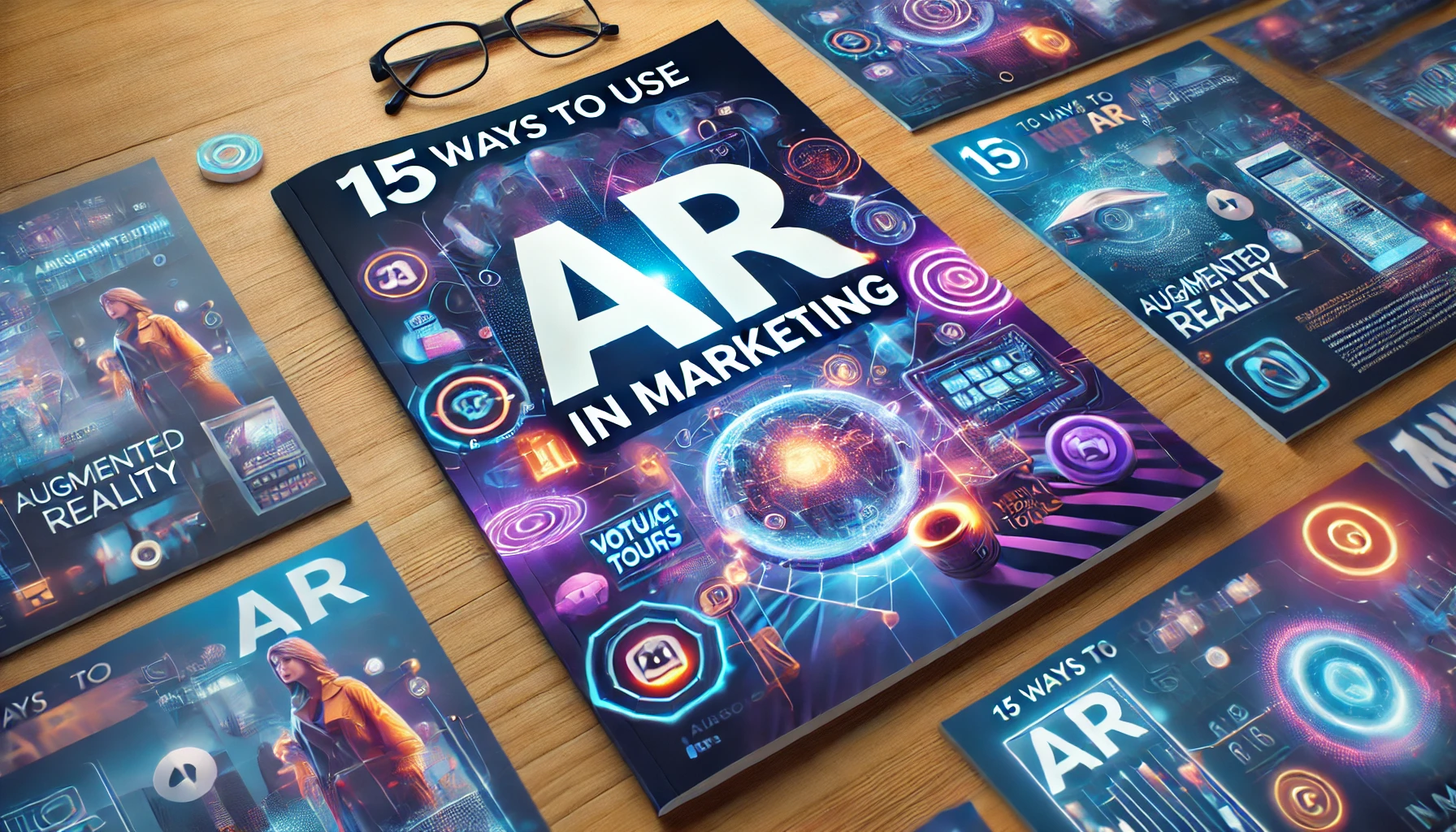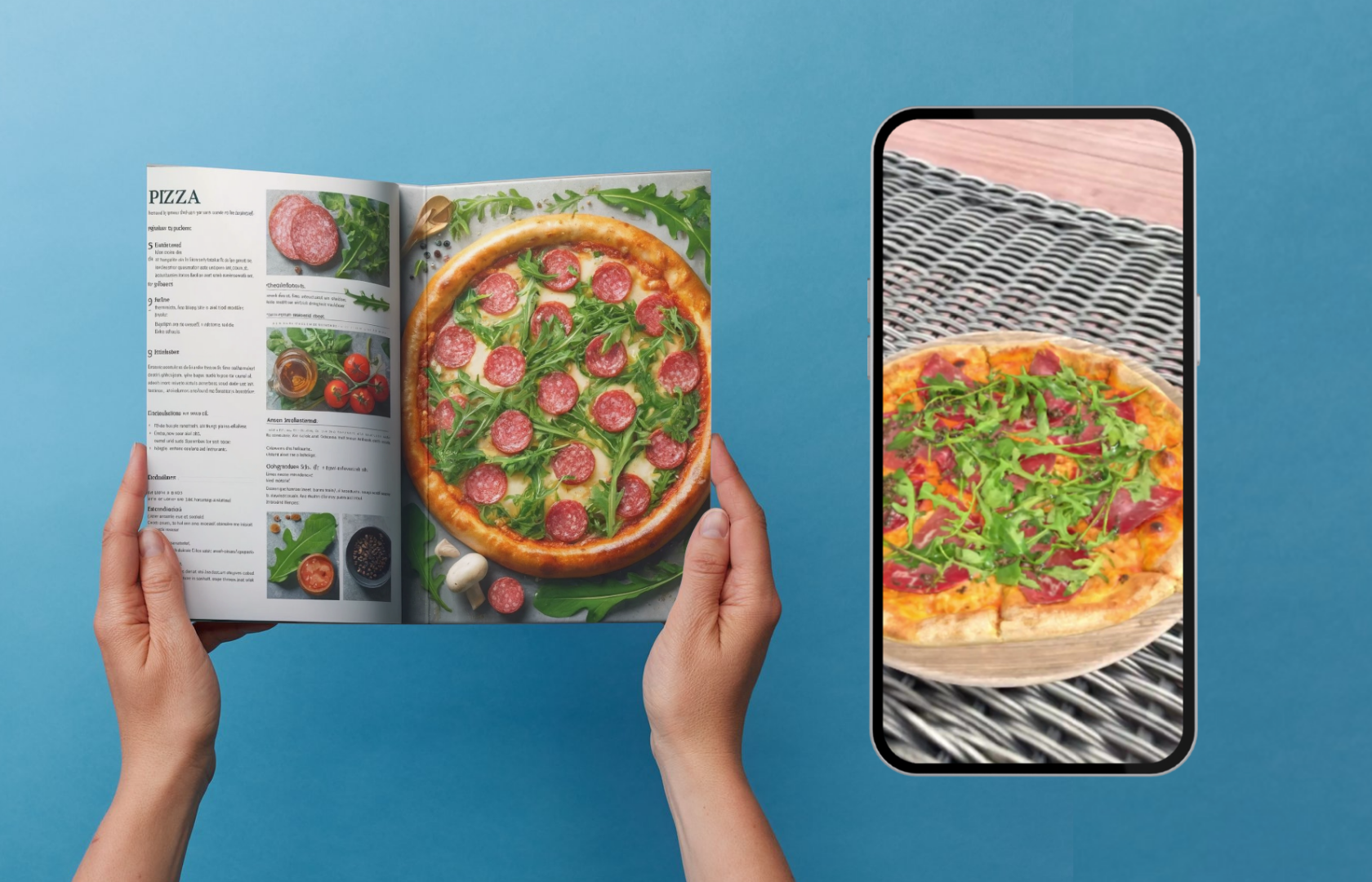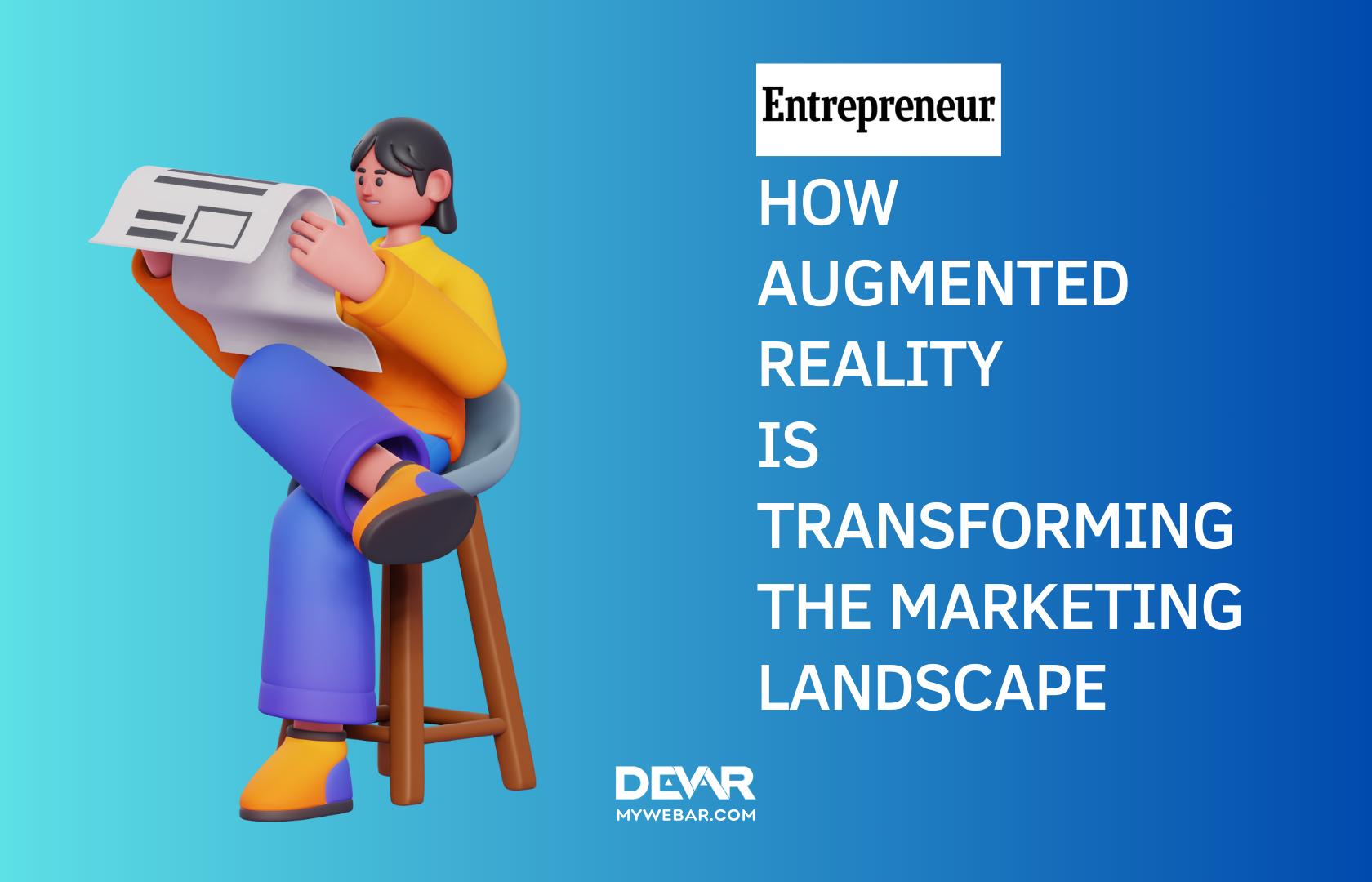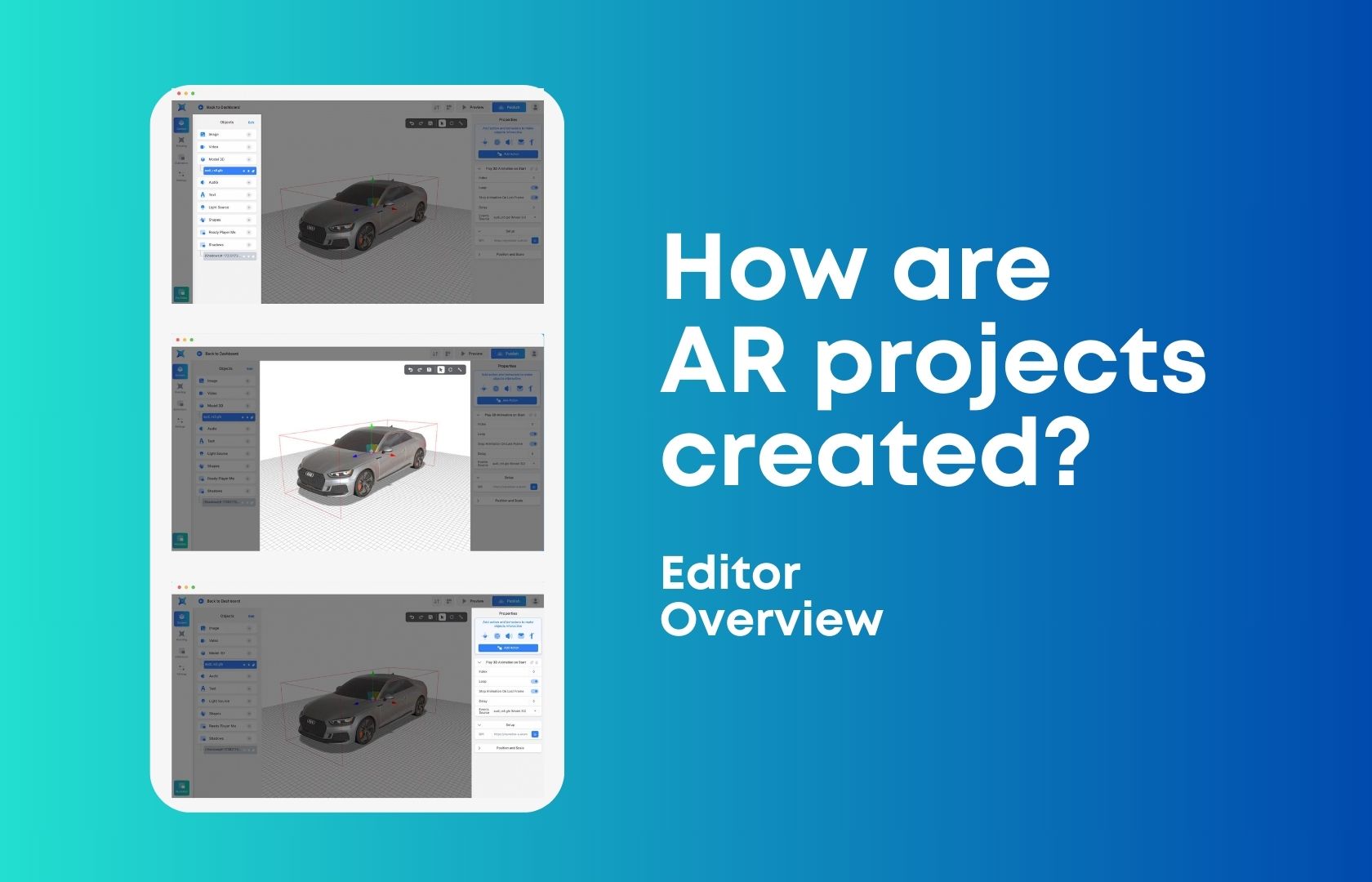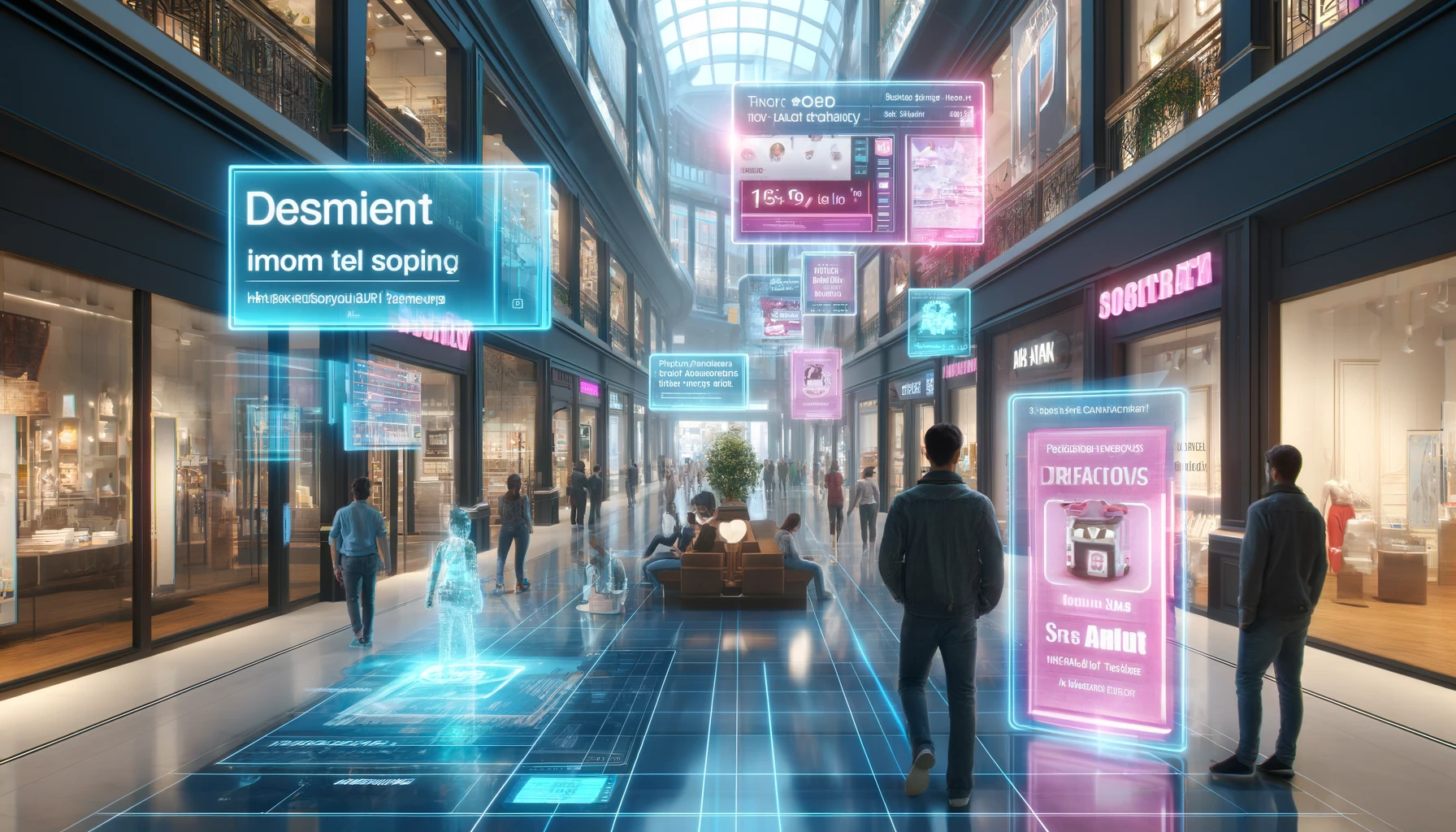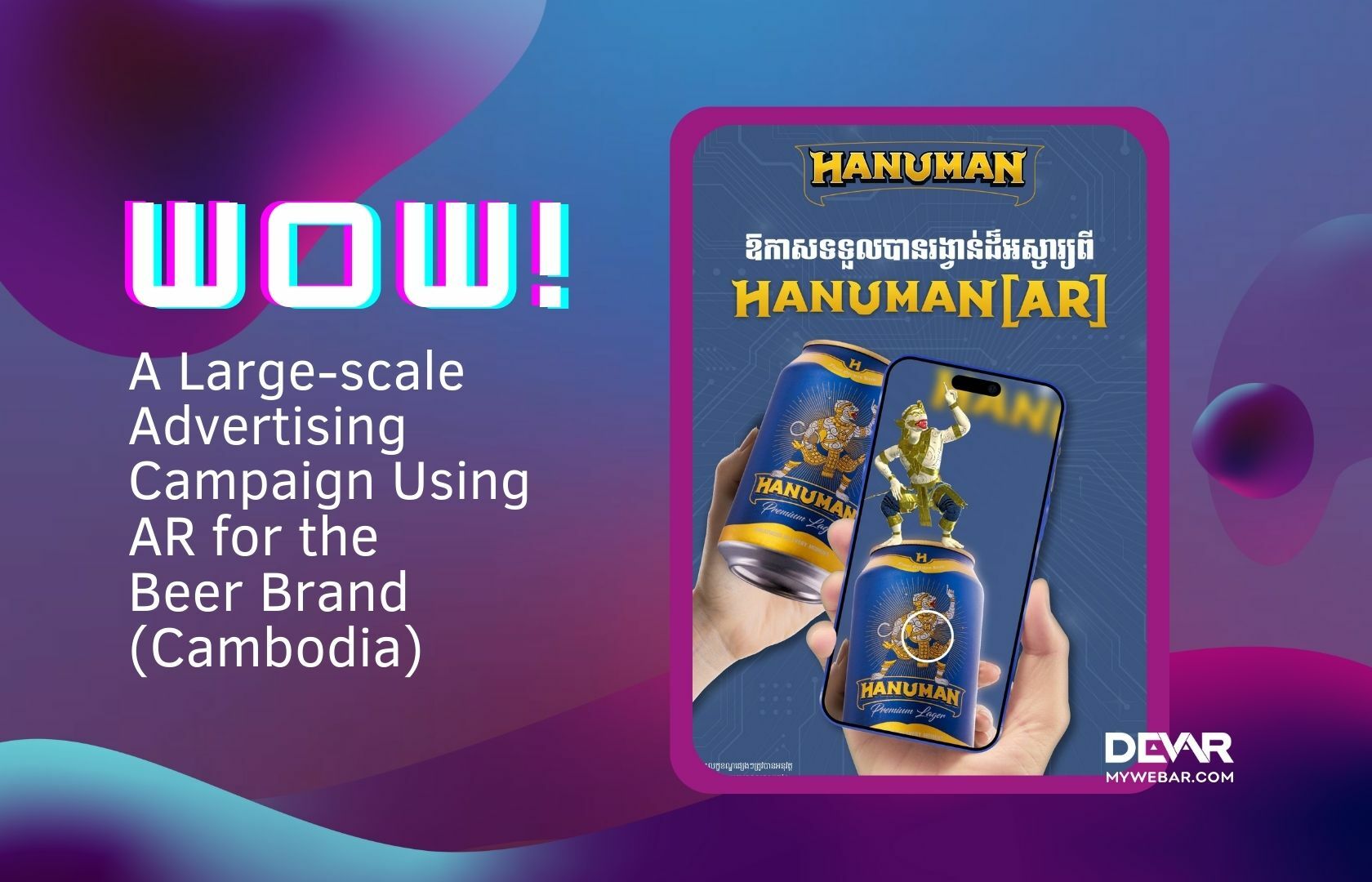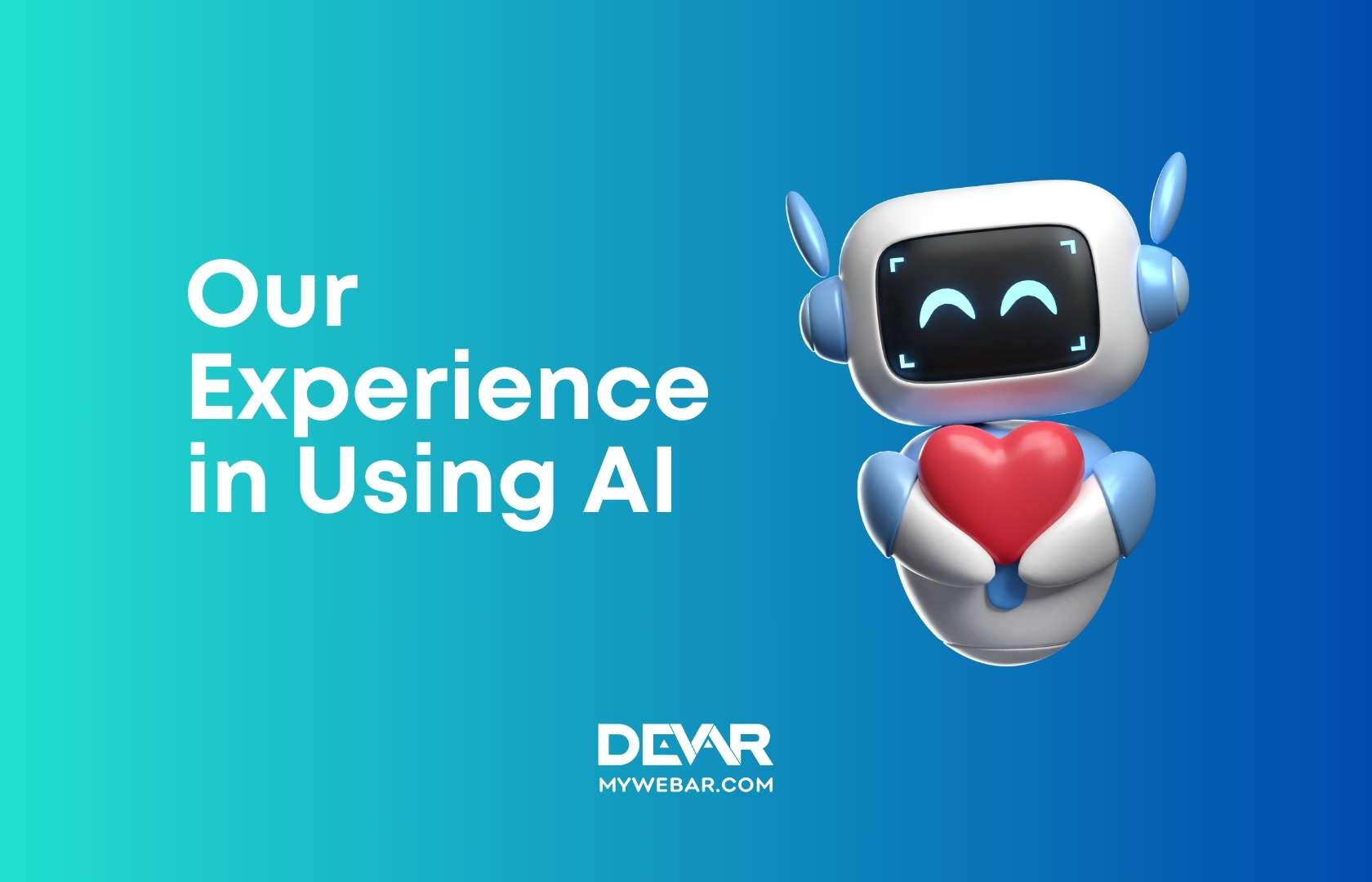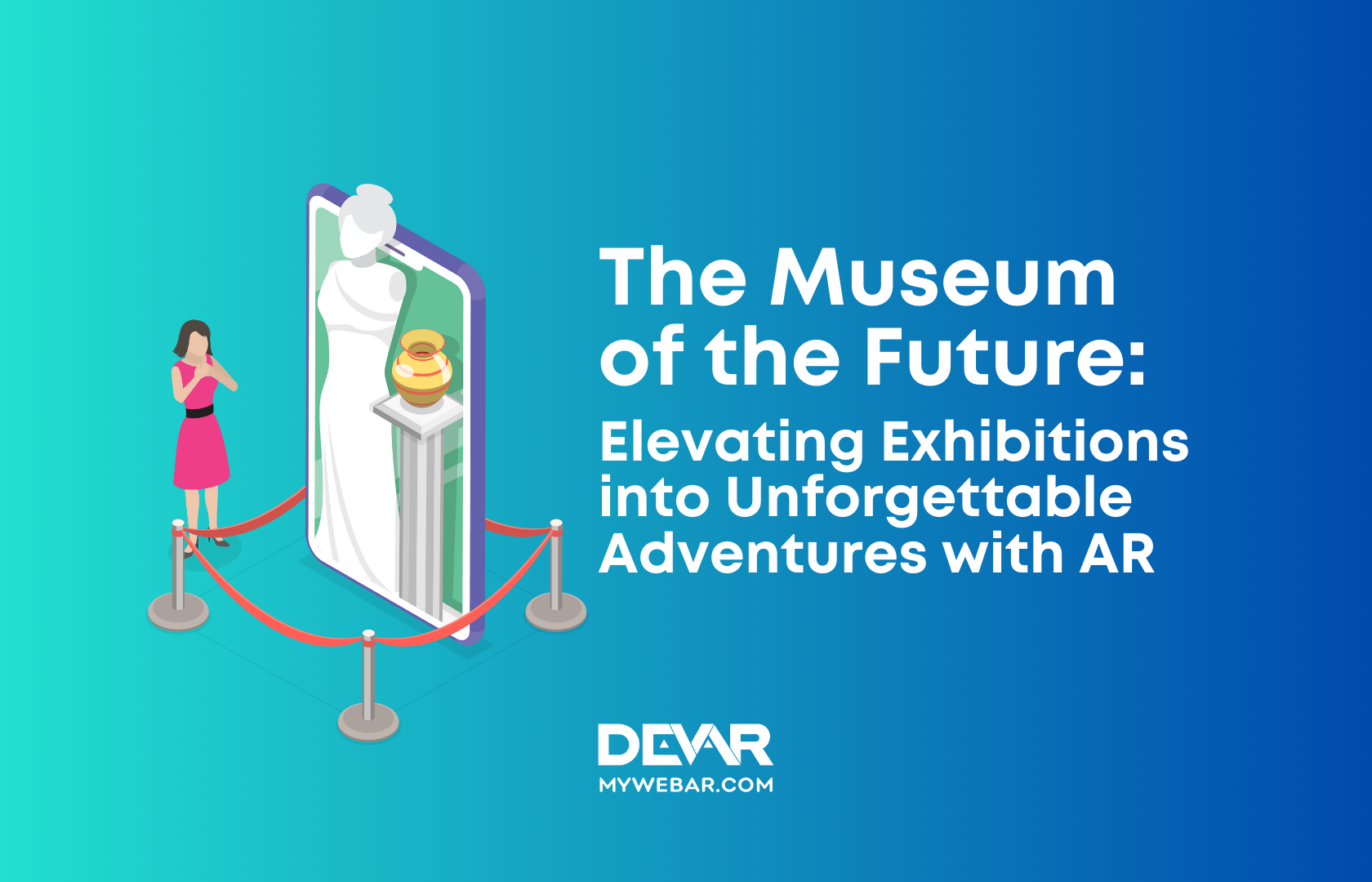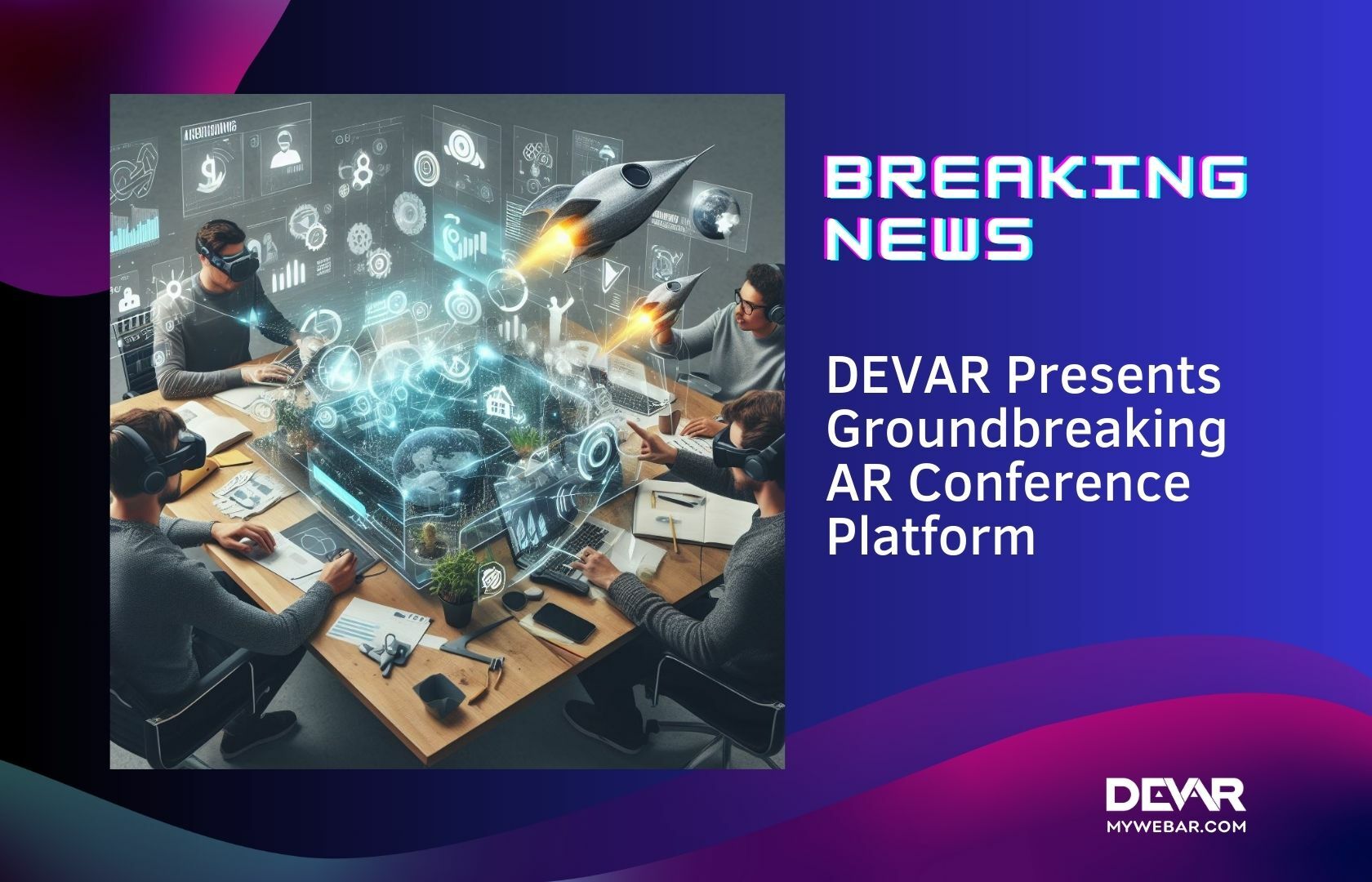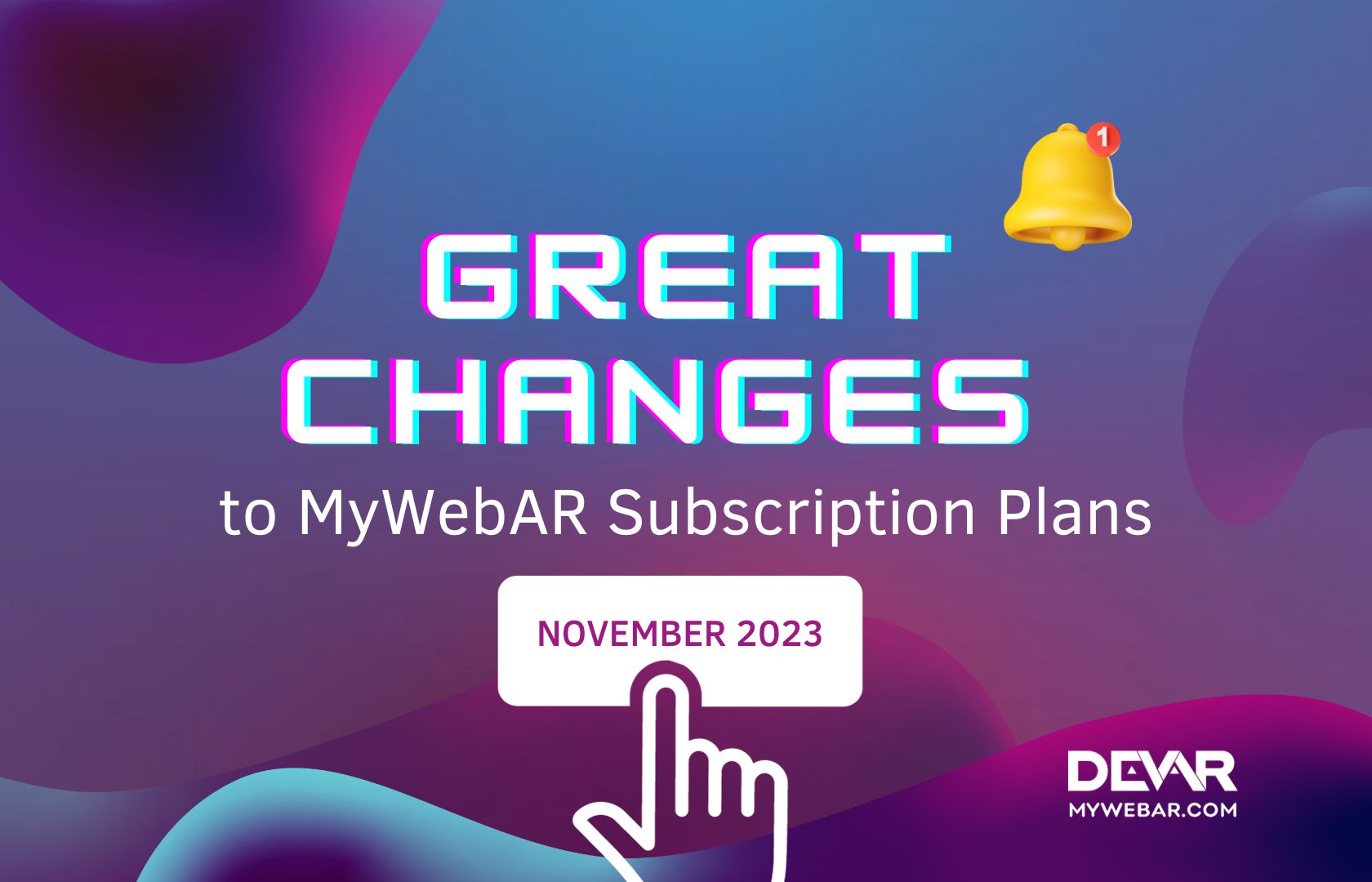Augmented Reality in Marketing: Revolutionizing the Way We Reach Consumers
As technology continues to advance, marketers must adapt to the ever-changing landscape of advertising. Augmented reality (AR) is an emerging technology that is transforming the way brands interact with consumers. AR allows users to interact with digital content in the real world, creating a unique and immersive experience that traditional advertising cannot match. In this article, we will explore what AR marketing is, its benefits, why it should be used, examples of AR in marketing, and how to integrate AR into your product using the MyWebAR service.
What is Augmented Reality Marketing?
Augmented Reality Marketing is the practice of using AR technology to create immersive and interactive experiences that enhance the customer journey. AR technology superimposes digital elements, such as graphics or videos, onto the real world, creating an enhanced version of reality. AR is typically accessed through mobile devices, such as smartphones or tablets, with the use of a camera and a software application.
The Benefits of Augmented Reality in Marketing
Augmented reality (AR) has revolutionized marketing by providing various benefits to businesses. Here are some of the advantages of using AR in marketing:
- Increased interest in the product and brand: AR technology allows brands to create interactive and immersive experiences for consumers, which can increase their interest in the product and brand. By creating unique and memorable experiences, brands can captivate consumers and create a long-lasting impression.
- Consumer education: AR can be used to educate consumers about the product, its features, and benefits. With the help of AR, brands can create an interactive user manual, which can help consumers understand the product better. This can result in higher levels of consumer satisfaction and loyalty.
- Increased customer engagement: AR can provide an interactive and immersive experience, which can increase customer engagement. By providing an engaging experience, brands can create a lasting impression on consumers, resulting in increased brand loyalty.
- Improved brand perception: AR can be used to create a positive perception of the brand. By providing an innovative and interactive experience, brands can create a positive impression on consumers. This can result in improved brand perception and increased customer loyalty.
- Improved convenience of purchase: AR can be used to improve the convenience of purchase. With the help of AR, consumers can try on products virtually before making a purchase, which can save time and improve the overall shopping experience.
These benefits highlight the importance of integrating AR into marketing strategies. By leveraging AR technology, businesses can create a unique and engaging experience for consumers, resulting in increased customer loyalty and improved brand perception.
Why Use Augmented Reality in Marketing?
The effectiveness of AR in marketing can be seen in the following statistics. 72% of shoppers who used AR during their shopping trip reported buying items they had not planned to purchase, simply because of the AR experience. Furthermore, 29% of surveyed consumers expect retailers to invest more in AR and VR technology. Another survey found that 71% of shoppers said they would make purchases more often if they could use AR, and 61% stated a preference for shopping at stores with augmented reality over those without.
These statistics indicate that AR can be a powerful tool in driving sales and increasing customer loyalty. By providing consumers with interactive and immersive experiences, brands can create a positive impression and drive purchase behavior. The potential of AR in marketing is significant, and businesses that incorporate this technology into their marketing strategies are likely to see a positive impact on their bottom line.
Examples of Augmented Reality in Marketing
Augmented reality (AR) technology has become increasingly popular in marketing campaigns as a means of providing consumers with immersive experiences that leave a lasting impression. Below are some examples of how well-known brands have used AR to enhance their marketing efforts:
Ikea
Ikea has leveraged AR technology in its app to offer customers an innovative and user-friendly way to virtually place furniture in their homes. This allows customers to see how the product would look and fit before making a purchase. The app has been successful in increasing sales and customer satisfaction, as it provides a more interactive and personalized shopping experience.
Coca-Cola
Coca-Cola used AR in a Christmas-themed campaign that allowed users to scan a special QR code to view a virtual Santa Claus dancing on their phone screen. This campaign was a success as it created an engaging and memorable experience for consumers. The campaign increased brand recognition and generated positive brand sentiment on social media.
Nivea
Nivea’s “Sun Kids” campaign used AR to encourage children to apply sunscreen regularly. The campaign utilized a fun and interactive experience to teach children about the dangers of sunburn. The AR game projected a cartoonish sea creature on the child’s skin and the game’s objective was to cover the creature with sunscreen to prevent it from getting burned. The campaign was successful in increasing awareness about the importance of using sunscreen, and it received positive feedback from both parents and children.
These examples demonstrate how AR can be an effective marketing tool that provides customers with unique and engaging experiences that drive sales and improve brand recognition. By leveraging AR technology, brands can create more personalized and interactive experiences for their customers, making it easier to establish brand loyalty and create a competitive advantage in the market.
How to Integrate Augmented Reality into Your Product
Integrating AR into your product may seem daunting, but the no-code platform DEVAR (MyWebAR) makes it easy and accessible. You don’t need any special skills or separate applications. With DEVAR (MyWebAR), creating cool AR content is just four simple steps away:
Step 1 – Choose the AR experience
Choose the type of AR experience that best fits your idea. Will it be AR on a QR code or a flat image? Maybe on a 3D object or even in real space? It all depends on your brief and your imagination!
Step 2 – Create the AR scene
Choose the type of content you want to use in your project. Will it be 3D models, videos, or flat images? Do you want to add music, text, or links? Maybe you want to add extra effects like shadows or glows? It’s all up to you. Simply select ready-made content from our library or download and import your own.
Step 3 – Customize your AR scene
Adjust the size, volume, order, and placement of objects in your scene.
Step 4 – Publish your project
When you’re happy with the result, click the Publish button in the top right corner and download the QR code. This unique QR code will allow your customers to access your AR project. You can place it on your product or send it to your customers.
In addition, DEVAR (MyWebAR) provides valuable analytics that allow you to track user engagement and optimize your marketing strategy.
